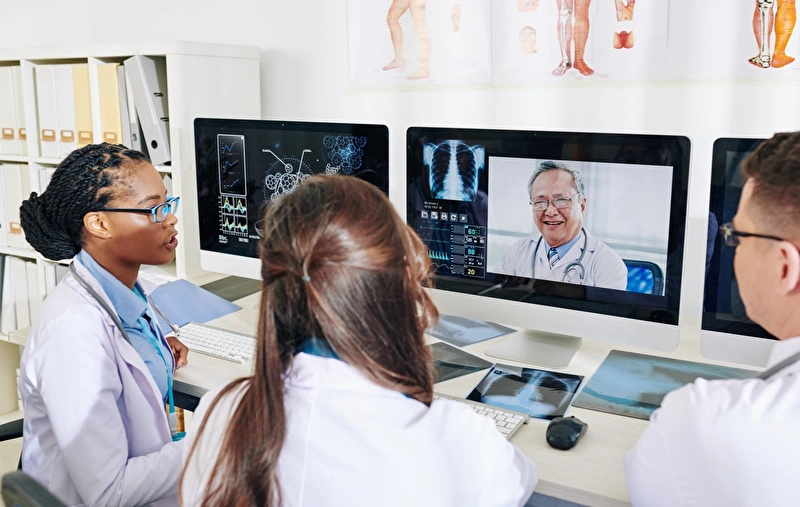Sight and sound: the latest way to share radiology reports

As technology continues to advance and lend itself to various industries, it’s important to stay plugged in to the latest developments. For radiologists, this brings interesting possibilities to light. What if, instead of generating a text report for a referring physician, you could show them your workstation and explain what you’ve discovered?
In a recent study several radiologists tried out a tool that allows for just that possibility. The method involved recording the radiologists’ narration over screen captures of their workstation screens to create a 2 minutes video, which was then integrated into their hospitals’ PACS. Used in conjunction with traditional radiology reports, the resulting narrated videos provide a quick visual way to communicate diagnostic findings. Over a period of a few months, the participating radiologists created reports for dozens of emergency department cases to determine how useful the tool would be in relaying information to referring physicians.
After the study concluded, the referring physicians took surveys about their experiences with the tool. They all agreed that the audiovisual report answered the hypothesized diagnosis, and 82% said that the report increased clarity versus a traditional text report. For very complex cases, almost all of the physicians cited faster evaluation time as a benefit of the new reports. Some physicians (31%) even indicated that they would be open to sharing the reports with patients and their families, though almost half strongly disagreed with that.
Despite some unease due to the relative newness of the technology, sharing audiovisual reports with families could be an excellent way to encourage patient engagement during diagnosis and treatment, as well as providing patients with increased knowledge of their conditions than is gained with a traditional text report. Imagine if you could actually walk your patients through their results, rather than just relaying them in a document — patients would be more comfortable and more likely to understand their condition.
Though there were some reservations about sharing the videos with patients, the physicians who participated in the study reported overall high levels of satisfaction with the new form of reports. It seems as though narrated video reports could potentially replace traditional text reports, especially for more complex cases. As a faster option for better communication across the diagnosis and treatment process, audiovisual reports could potentially change the way that radiology reports are conducted.